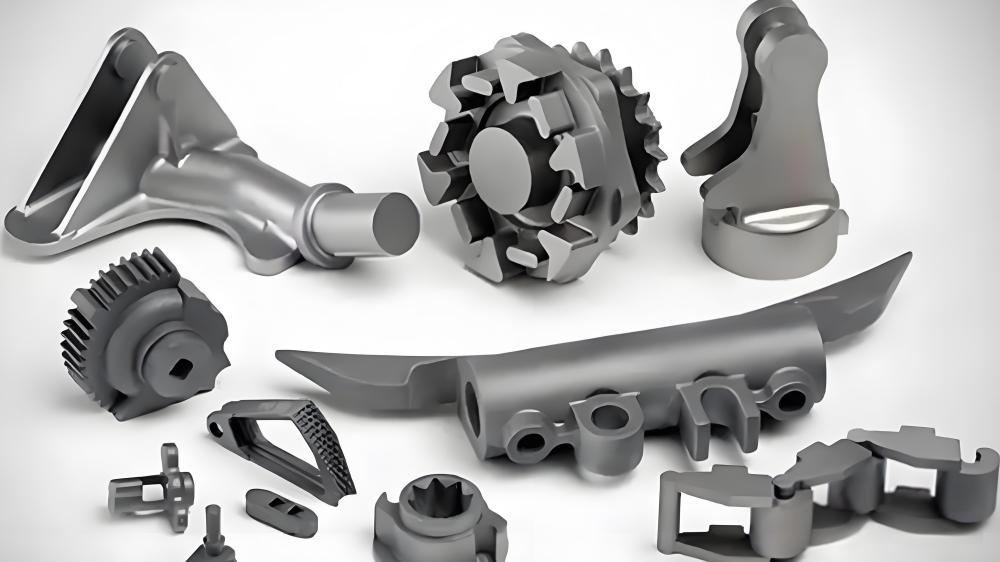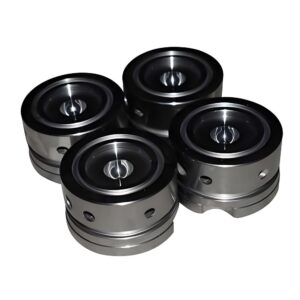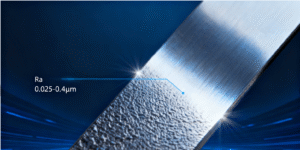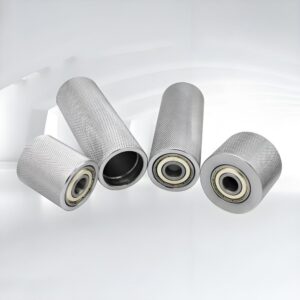When it comes to manufacturing high-quality parts, choosing the right process can make or break your project. Two of the most popular methods today are CNC machining and plastic injection molding. Both have unique strengths, but how do you decide which one suits your needs? In this guide, we’ll break down the differences between CNC machining and plastic injection molding, exploring their benefits, limitations, and ideal use cases to help you make an informed decision.
What Is CNC Machining?
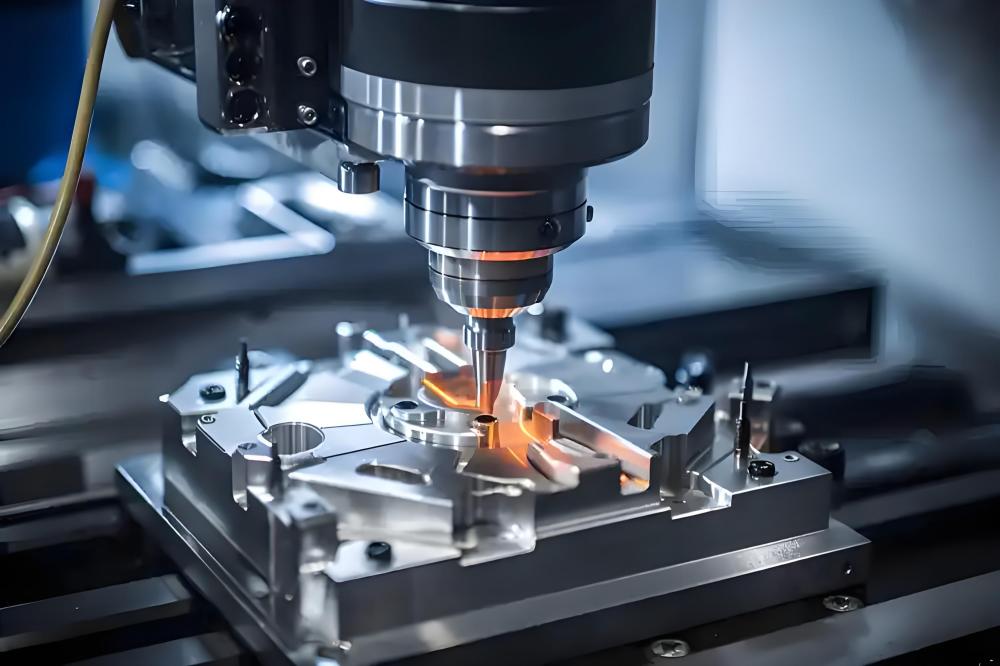
CNC machining (Computer Numerical Control) is a subtractive manufacturing process where a computer-controlled machine removes material from a solid block to create precise parts. Think of it as sculpting, but with cutting-edge technology. Using tools like drills, lathes, or mills, CNC machines carve out components with incredible accuracy.
Key Features of CNC Machining
- Versatile Material Options: Works with metals (aluminum, steel, titanium), plastics, and even wood.
- High Precision: Achieves tight tolerances, perfect for intricate designs.
- Ideal for Low-Volume Production: Great for prototypes or small batches.
- Applications: From aerospace components to custom automotive parts and precision medical devices.
Whether you’re prototyping a new product or crafting a one-off part, CNC machining services deliver flexibility and precision.
What Is Plastic Injection Molding?
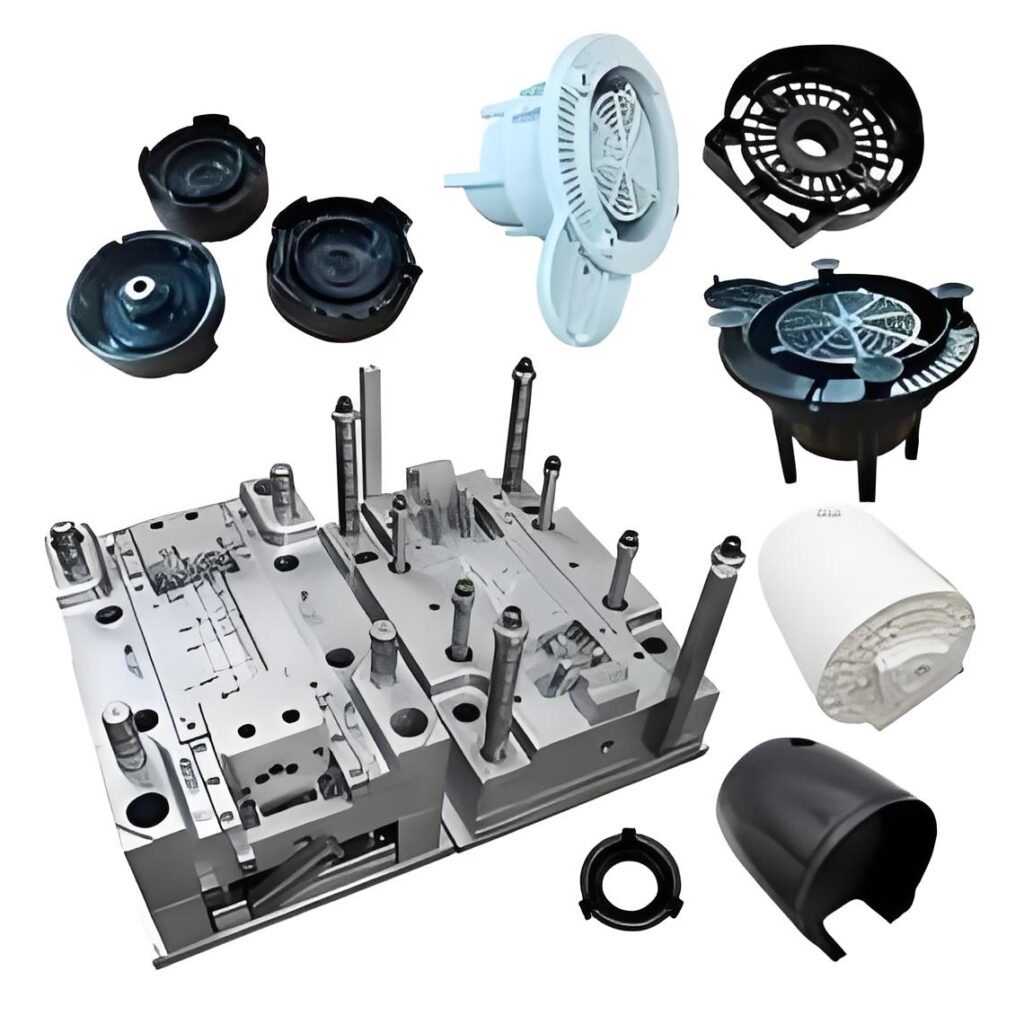
Plastic injection molding is a manufacturing process where molten plastic is injected into a custom-designed mold, cooled, and solidified to form parts. It’s like baking a cake in a mold, but for high-volume plastic components.
Key Features of Plastic Injection Molding
- High-Volume Efficiency: Perfect for producing thousands or millions of identical parts.
- Complex Geometries: Creates intricate shapes with consistent quality.
- Upfront Investment: Requires costly molds but lowers per-unit costs for large runs.
- Applications: Used in consumer goods (like phone cases), medical equipment, and electronics housings.
If you need mass production of plastic parts, injection molding is often the go-to choice.
CNC Machining vs. Plastic Injection Molding: A Head-to-Head Comparison
| Factor | CNC Machining | Plastic Injection Molding |
| Speed & Volume | Fast for small-batch manufacturing and rapid prototyping. Slower for large runs. | Slow mold setup, fast for high-volume manufacturing. |
| Cost | Low upfront, higher per-unit costs for large batches. | High mold costs, low per-unit costs for large-scale production. |
| Materials | Metals, plastics, more. Ideal for multi-material projects. | Mostly plastics (e.g., polycarbonate). |
| Precision | High-precision manufacturing, ±0.001″ tolerances. | Complex shapes, precision depends on mold. |
| Flexibility | Easy design changes, great for rapid prototyping services. | Costly mold changes, suits finalized designs. |
Pros and Cons of Each Method
CNC Machining
- Pros:
- Highly flexible for design changes.
- Works with diverse materials.
- Ideal for low-volume CNC production and prototypes.
- Cons:
- Higher per-unit costs for large runs.
- Slower for high-volume production.
Plastic Injection Molding
- Pros:
- Cost-effective for high-volume plastic manufacturing.
- Produces consistent, complex parts.
- Fast production once molds are ready.
- Cons:
- High upfront mold costs.
- Limited to plastic materials.
When to Choose CNC Machining vs. Plastic Injection Molding
Use CNC Machining When:
- You’re in the product prototyping phase and need quick turnaround.
- You require small-batch manufacturing (e.g., 1-100 parts).
- Your project involves metals or a mix of materials.
- You need high-precision parts or frequent design changes.
Example: A startup developing a custom titanium aerospace component might use CNC machining services to create a prototype before committing to mass production.
Use Plastic Injection Molding When:
- You need large-scale production of plastic parts (e.g., 1,000+ units).
- Your design is finalized, and you want consistent, complex parts.
- Cost per unit is a priority, and you can afford the initial mold investment.
Example: A company producing millions of plastic phone cases would benefit from plastic injection molding services for cost efficiency.
Can You Combine Both?
In some cases, combining both processes makes sense. For instance, you might use CNC machining to create precise molds for injection molding, blending the strengths of both methods.
Conclusion: Making the Right Choice for Your Project
Choosing between CNC machining and plastic injection molding depends on your project’s needs. If you’re focused on rapid prototyping, small batches, or diverse materials, CNC machining is likely your best bet. For high-volume plastic part production, injection molding offers unmatched efficiency and cost savings over time.
Evaluate your budget, production volume, material requirements, and design complexity to make the best decision. Still unsure? Consult with a professional manufacturer to explore how these processes can be tailored to your specific project.
Let’s Hear From You!
Have you used CNC machining or plastic injection molding for your projects? Share your experiences in the comments below! For more insights on manufacturing processes, check out our resources on rapid prototyping techniques or cost-effective production methods. Don’t forget to subscribe to our blog or follow us on social media for the latest tips and trends in manufacturing!

